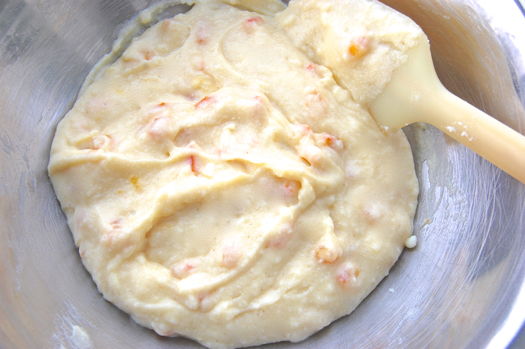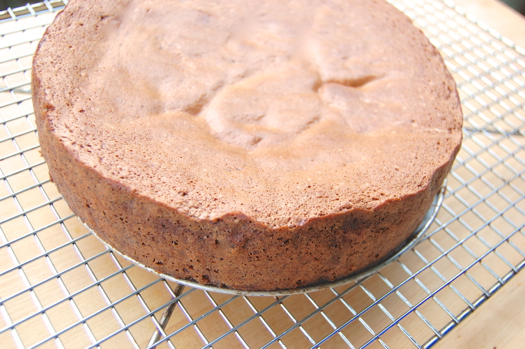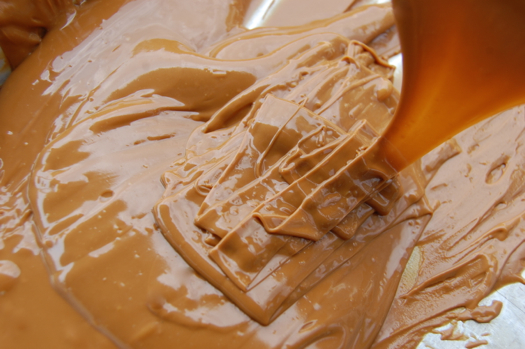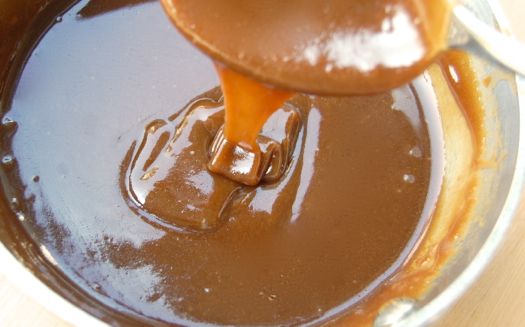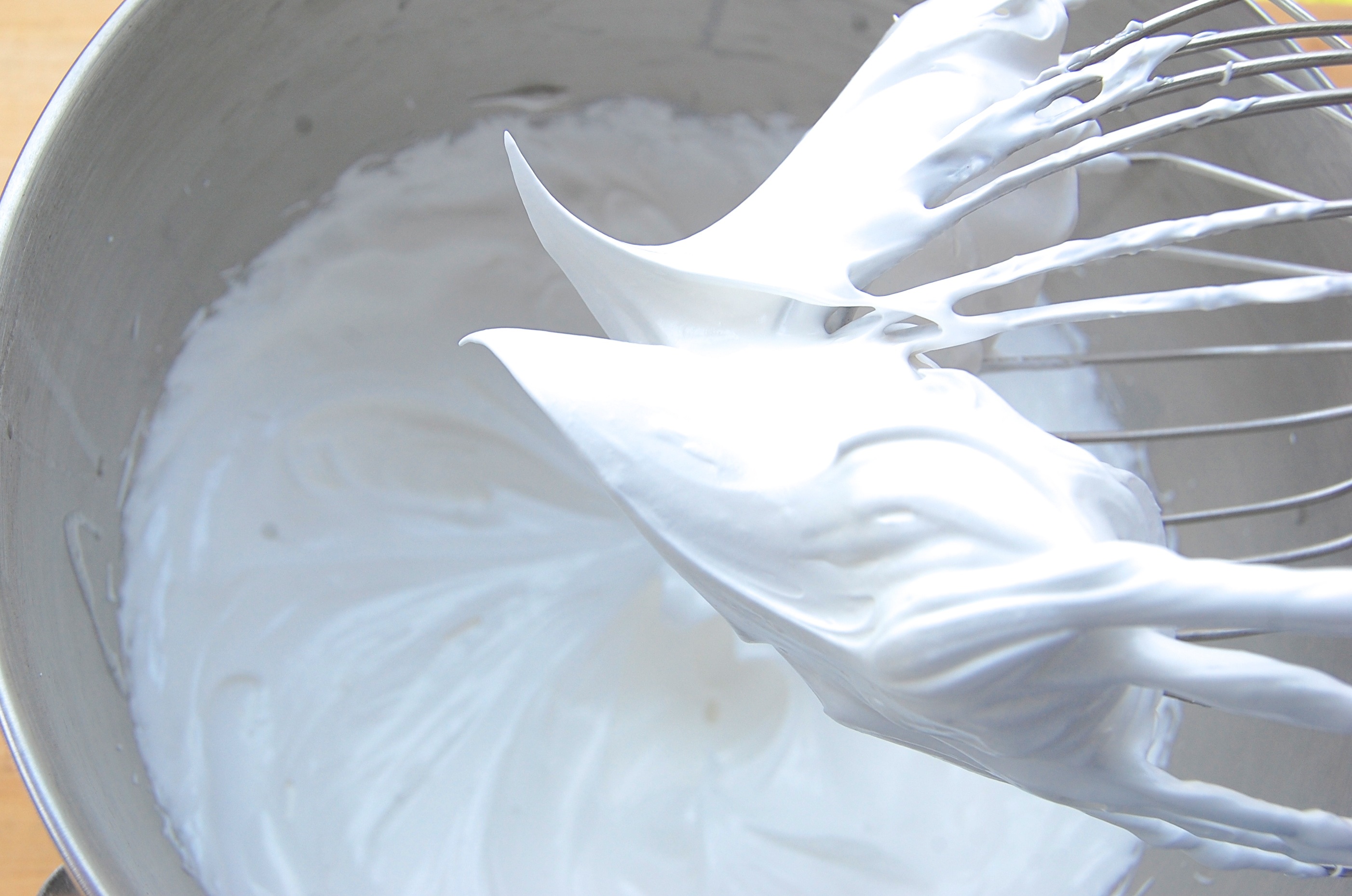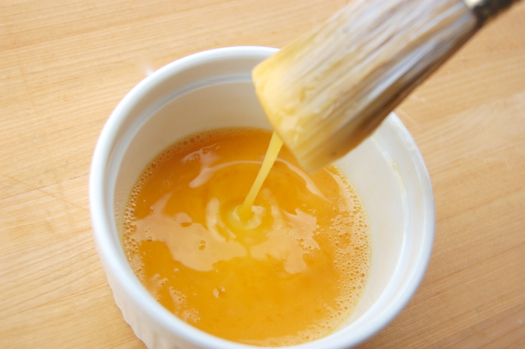Hard Boiling Eggs
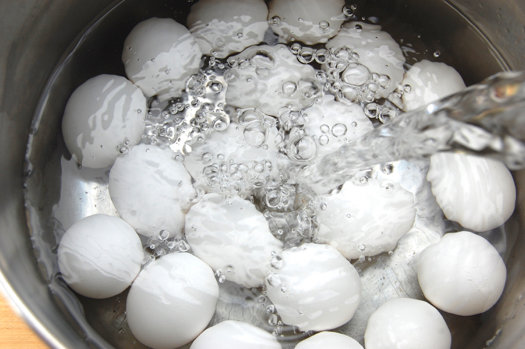
A lot of requests for a tutorial on this. It makes sense given that most hard boiled eggs end up sticking to the insides of their shells, and/or with that blue/green film around the yolks which signifies over-cooking. The first problem is best solved by time. Sticky shells result when you boil very fresh eggs. Easy-peel eggs can be had by either aging the eggs in the fridge for 10 days or longer, or letting the eggs sit at room temperature for about 24 hours. The aging loosens the membrane that surrounds the white from the inside of the shell, and that does the trick. Note that before you hard boil your eggs they should be chilled again, at least for this method, which assumes cold eggs.
READ ON